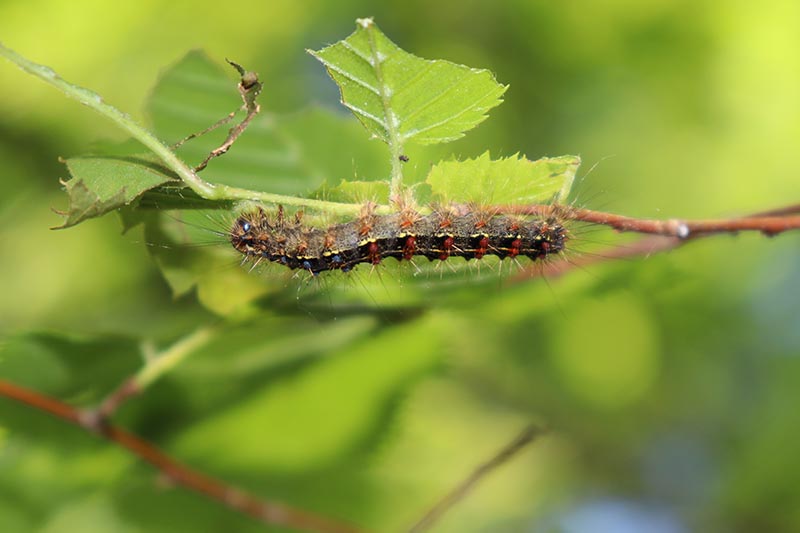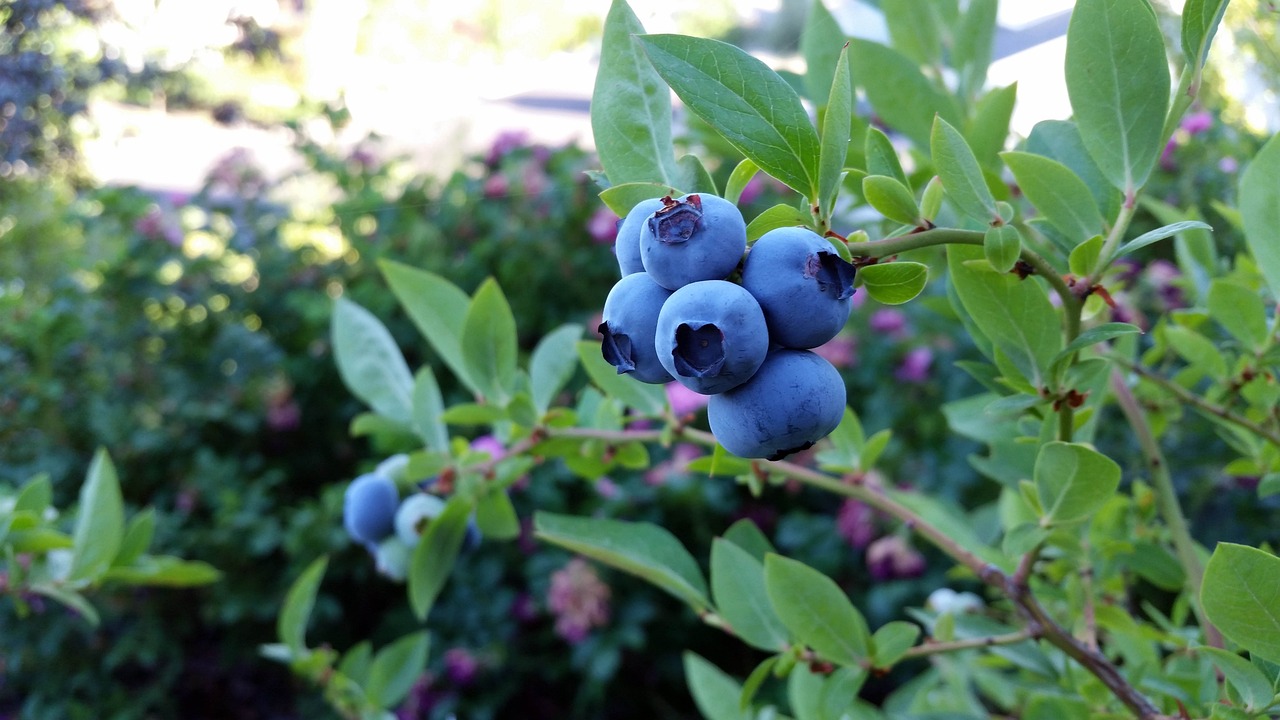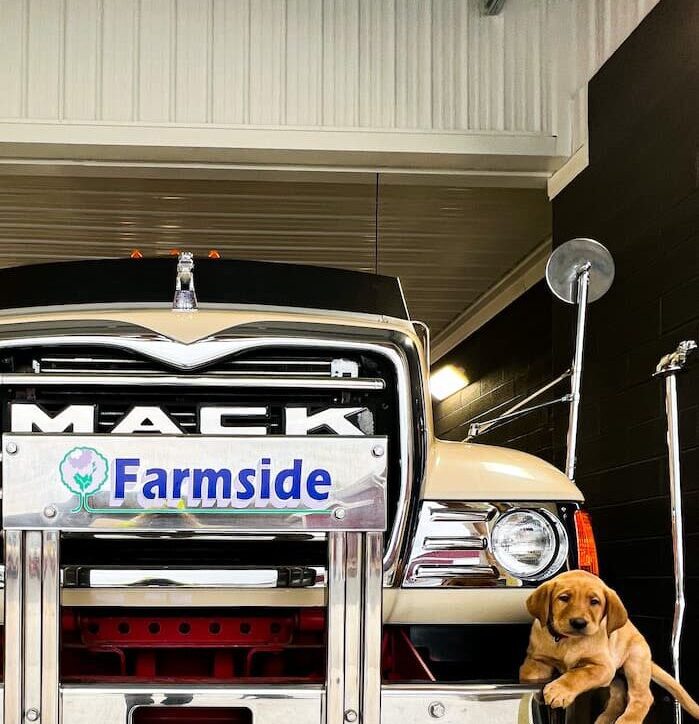There are many different types of caterpillars that have hairs on them that look like the Gypsy moth. The most similar one would be the Eastern caterpillar that has a white stripe down its back and damages trees as well. You can use the photo for reference of what to look for when identifying a Gypsy moth!
Yes, They are an invasive species that can cause significant harm to the trees in our forests as well as around homes and landscape.
Placing sticky traps around the trunks of trees is a natural way of defending your landscape, however this will not diminish a large percentage of the gypsy moth on your property or near your property.
Get Started With Our Gypsy Moth Treatment Service Today!
To get started with your Gypsy Moth Treatment Service call our office at (973) 875-7200 or fill out the form below.
Main Image Credit – https://gardenerspath.com/








